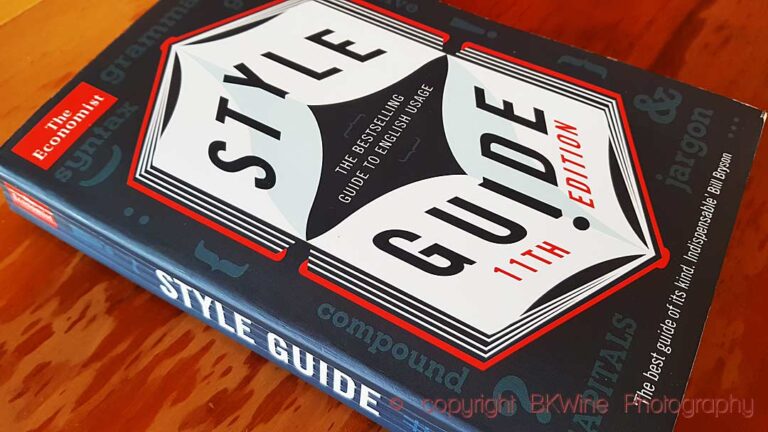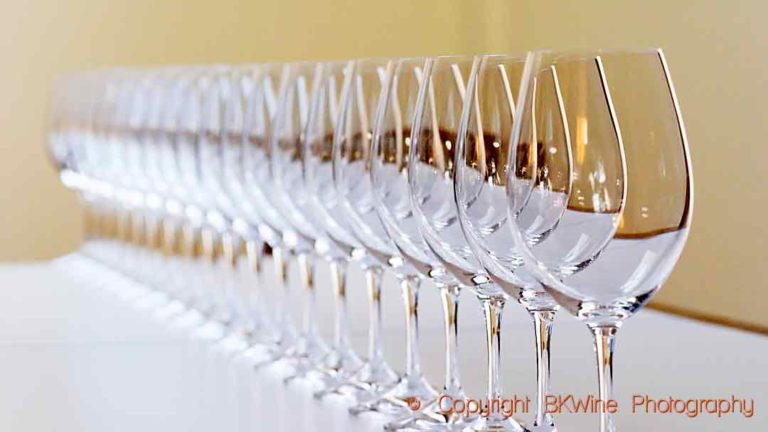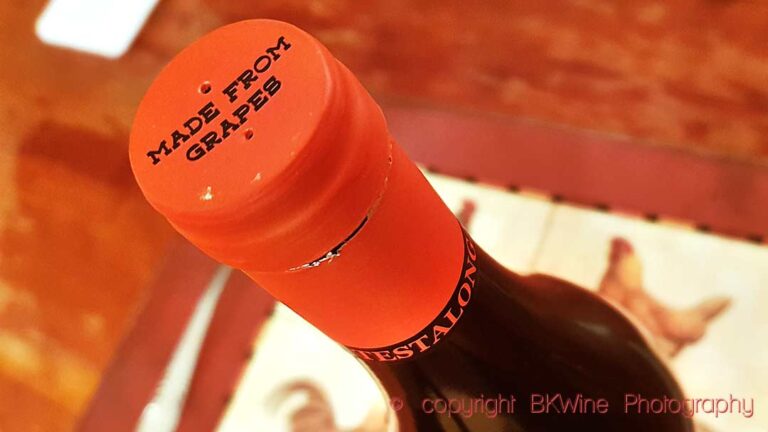 A colleague in the industry that I spoke to the other day said when we discussed spraying the vineyards, “Can’t they just ban everything dangerous?” Yes, that sounds like a good idea, in theory. But in practice?
A colleague in the industry that I spoke to the other day said when we discussed spraying the vineyards, “Can’t they just ban everything dangerous?” Yes, that sounds like a good idea, in theory. But in practice?
Most products that are “dangerous” are used precisely because they are dangerous. A pesticide that is not dangerous is ineffective. The question is how dangerous it is and for whom and for what.
So how to define dangerous?
If you have zero tolerance for “dangerous” as a goal, i.e., not to allow anything that has the slightest impact on people, animals and the environment, well, then viticulture, and agriculture in general, is in for a hard time. If the wine producer does not treat against, e.g. fungal diseases, they would in some years lose large parts of their harvest. That is why, in practice, there are no wineries that entirely refrain from spraying.
Diseases and pests exist, and they need to be controlled. To be effective, the pesticide needs to be at least a little bit toxic. So, in addition to killing the pest, the fungal disease or whatever it is, there will be collateral damage. Microorganisms in the soil, bees, groundwater, earthworms etc., can be adversely affected. The trick is to keep the collateral damage at an, as the EU says, “acceptable level”.
Even pesticides classified as carcinogenic (CMR) would not be considered (unacceptably) dangerous by all people. Some (and not just those who manufacture them) claim that if you follow the regulations on protective clothing and how to handle the product, they are not unacceptably dangerous.
It becomes even more complicated when researchers disagree. We saw this in the debate a few years ago about glyphosate, the active ingredient in many herbicides, e.g. Round-Up. Researchers hired by various authorities disagreed on the danger. In the midst of it all, France was well on its way to ban glyphosate altogether but, in the end, just restricted the use. Today, the tendency is to accept it more.
Not even the products allowed in organic farming are exempt from conflicts. Most organic producers (and many conventional ones) are fond of copper – which they use against mildiou. They could not do without. Some are a little worried about possible environmental damage, but they consider the alternatives – synthetic products – much worse.
But copper is on EU’s list of “substances that should be replaced”, and that must be re-evaluated and have a new permit every seven years, instead of 10 years for other substances. The next time is 2025. The threat of a ban hangs over organic farming.
But there is probably no reason to worry. An alternative to copper is far away, and the EU has no intention of pulling the rug out from under the booming organic wine industry. If you ban copper, that’s precisely what you do. In addition, scientists are far from agreeing on the “danger” of copper.
The EU has its agenda, and politicians have theirs. Researchers may be associated with one side or the other. Manufacturers want to sell their products. And consumers are more or less well-informed about the issues.
How to define dangerous is difficult. To decide who should define it is even more difficult.
Read about the world of wine
In this Brief, you will find a lot to read about the world of wine: how much wine is produced in the whole world? Which are the biggest wine-producing countries? Who drinks the most wine? How large yields do they have? (And is it good or bad with large yields?)
Statistics are fascinating. Take a look at the numbers. Did you know, for example, that of all the countries that are not “wine-producing countries”, Sweden (yes, we’re Swedish) is the one where they drink the most wine per capita?
But there is much more to read in the Brief as well.
Wine tours
Do take a good look at our wine tour program. We have exciting wine tours planned for 2022 (and 2023).
You are probably as eager as we are to get out in the vineyards?
Travel to the wine regions with an experienced and knowledgeable wine tour operator. You know who.
If you want to discover the best in the wine regions and get some unforgettable memories, travel with one of the most experienced and most knowledgeable wine tour operators.
More info on our wine tours here.
Enjoy the Brief!
Britt & Per
If you appreciate what we do, you can help us:Tell your friends about the Brief or send it to them.
Like us and follow us on social media:
BKWine Magazine on Facebook | Wine Tours on Facebook
Twitter | Instagram | Linkedin | YouTube
This is just the introduction to the latest issue of the Brief. Subscribe to the BKWine Brief and you will get the whole edition in your mailbox next month.
What’s on at BKWine Tours
BKWine is also one of the world’s leading wine tour operators. Here’s what we currently have on our scheduled wine tour program:
- Bordeaux, April 20-24, 2022
- Champagne, May 4-8, 2022
- Bordeaux and Champagne, Sept 28 – Oct 6, 2022
- Champagne, Sept 28 – Oct 2, 2022
- Bordeaux, October 2-6, 2022
- Chile-Argentina, January 16-29, 2023
- South Africa, February 8-18, 2023
- New Zealand, March 15-30, 2023
We also make custom designed wine tours.
We’re different than most other wine tour operators. We are people who know wine inside out, who travel constantly in wine regions, who write award winning books about wine. Who do this out of passion. Our tours are different from others. More in wine tours: BKWineTours.com.










